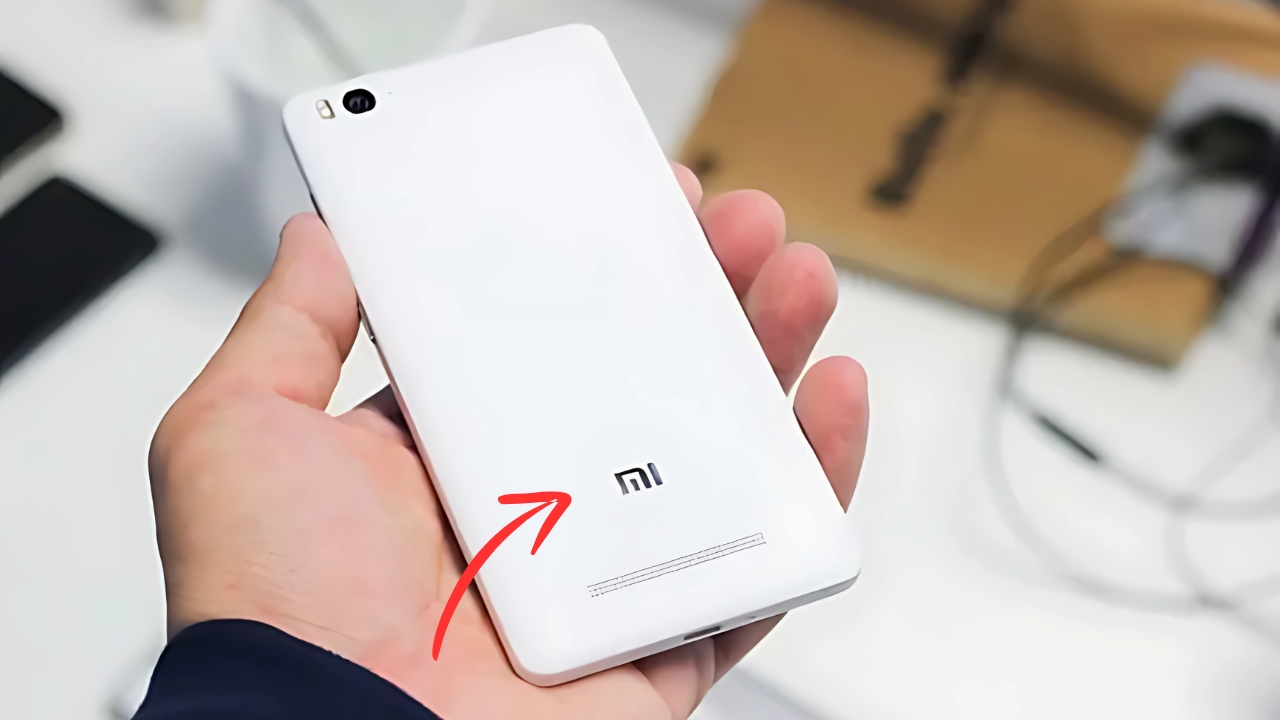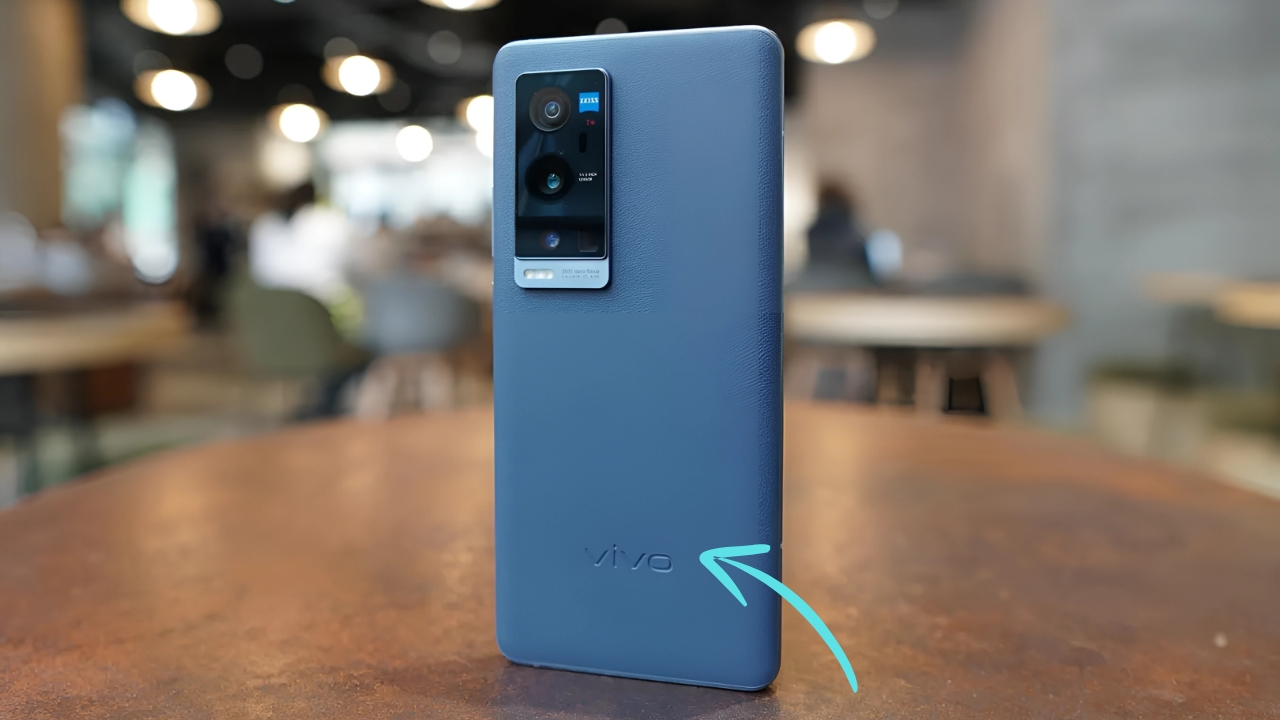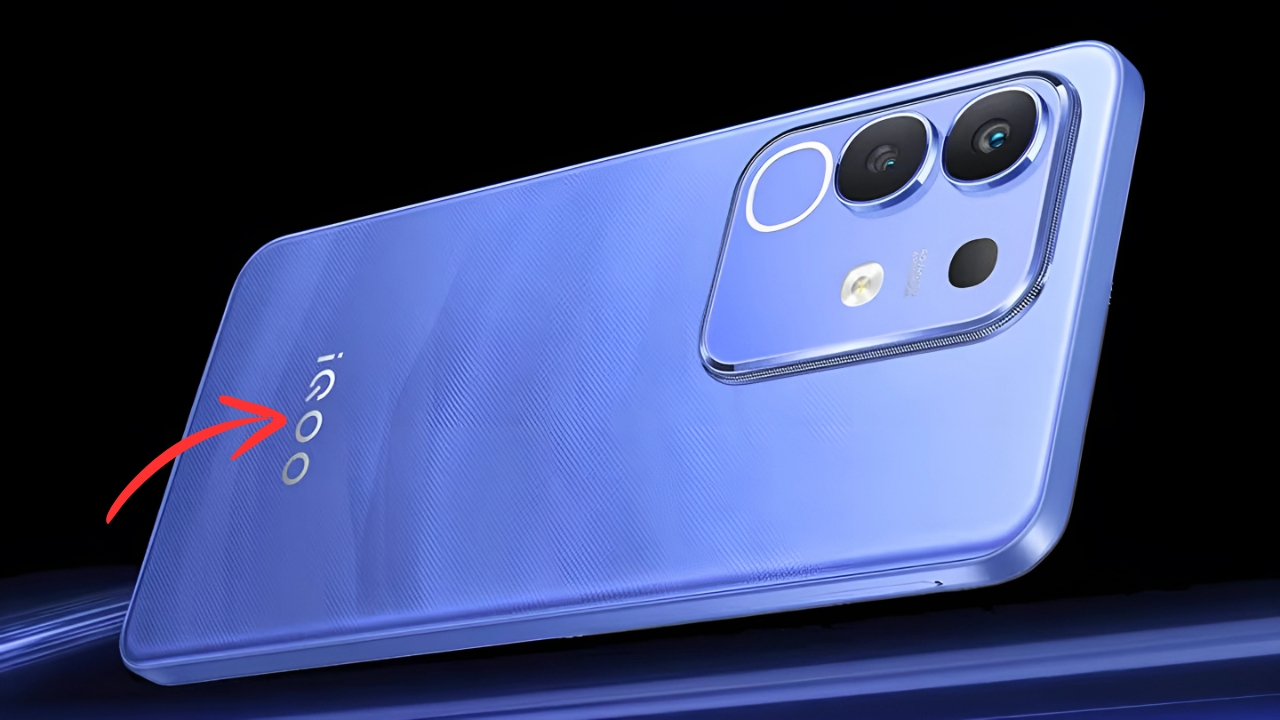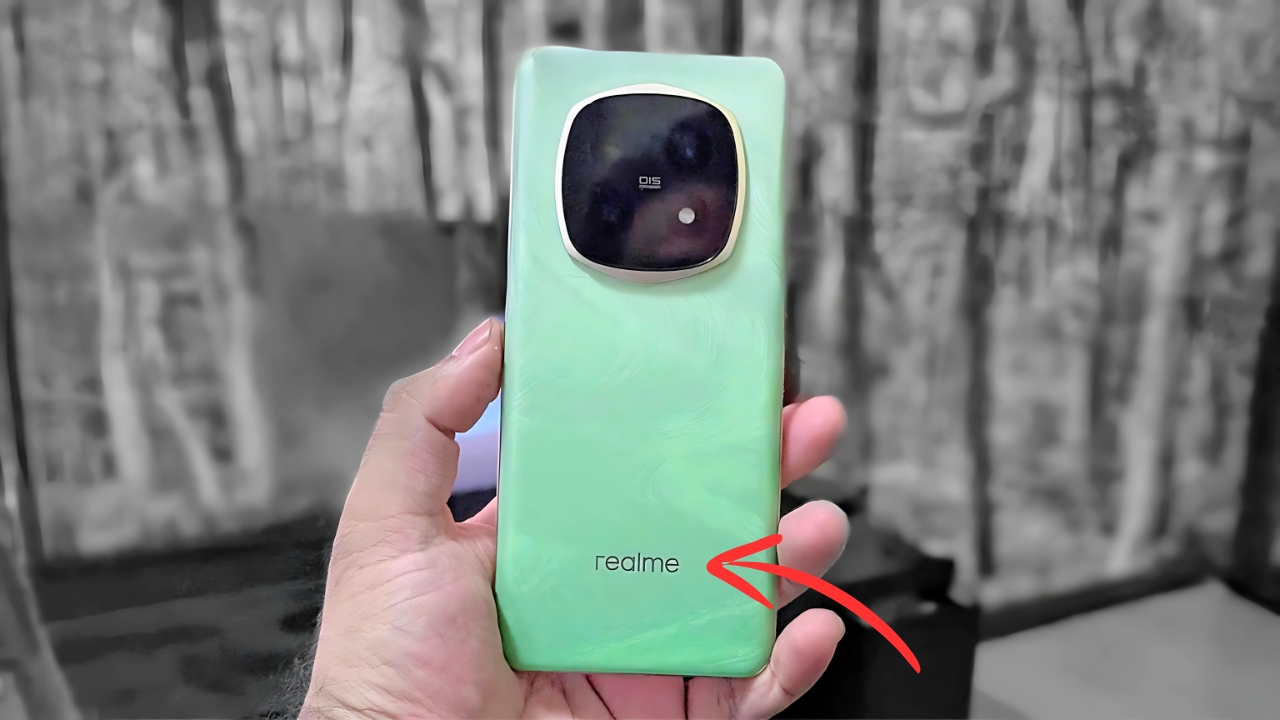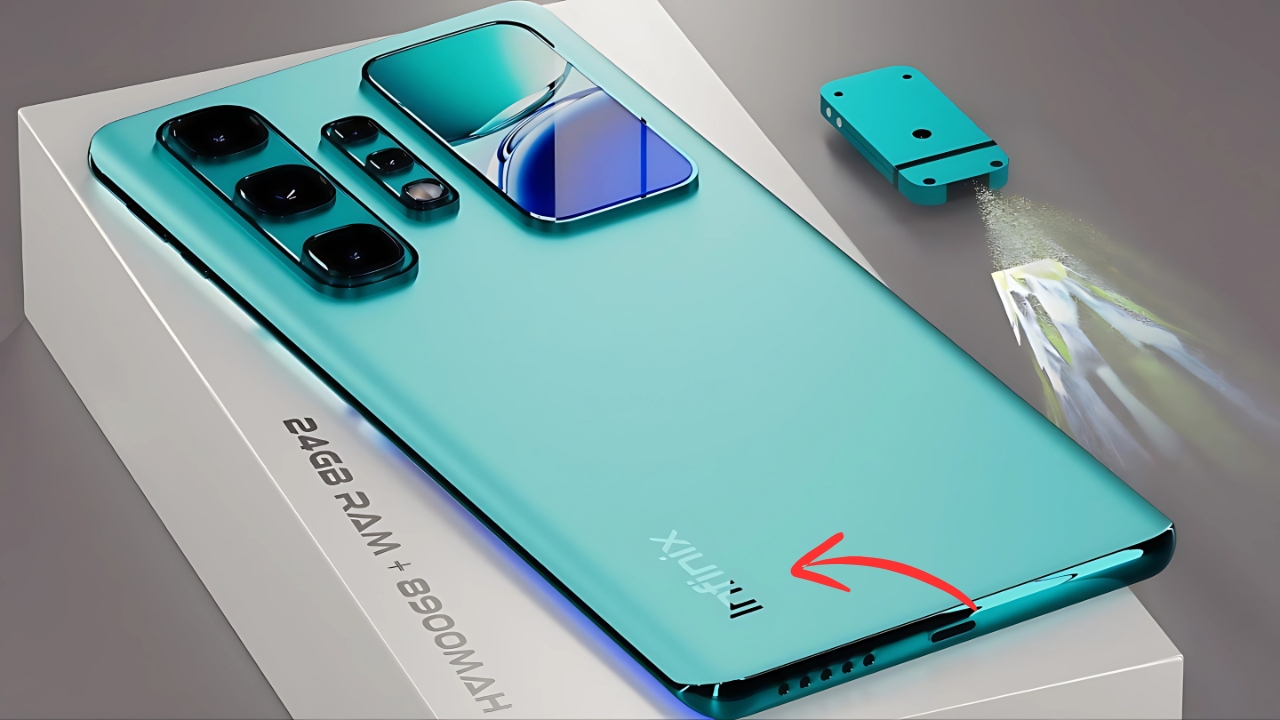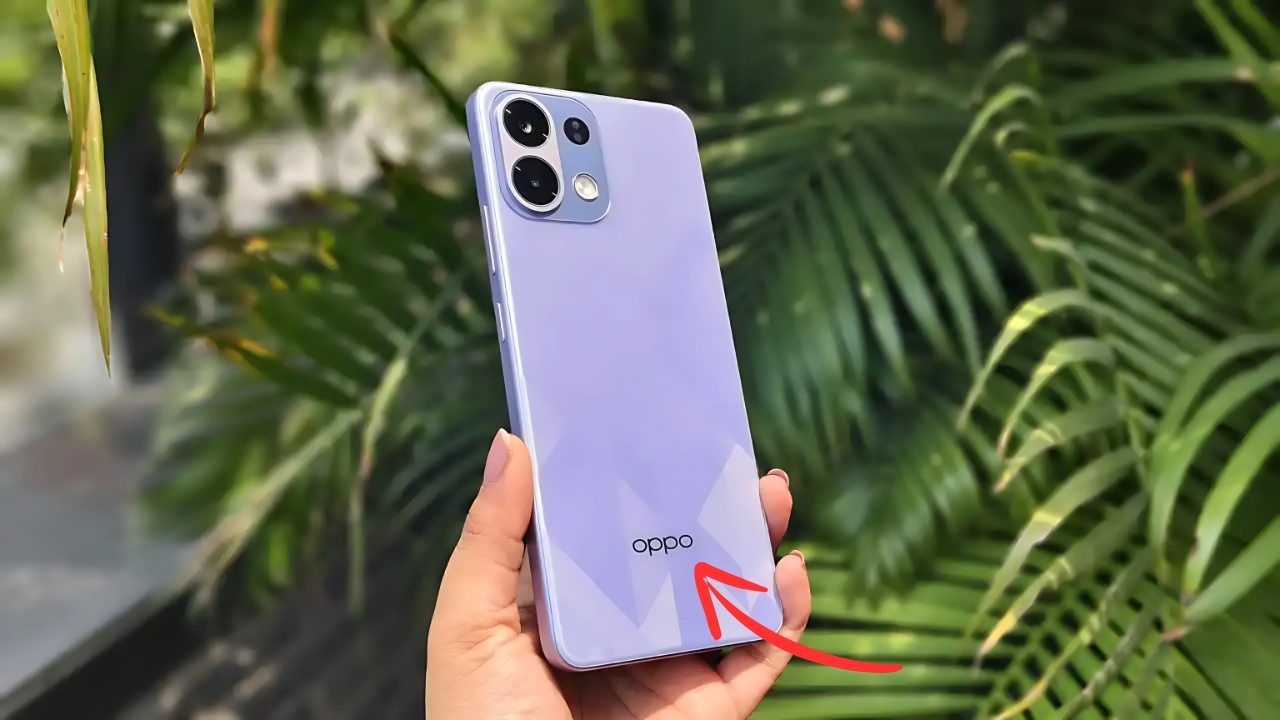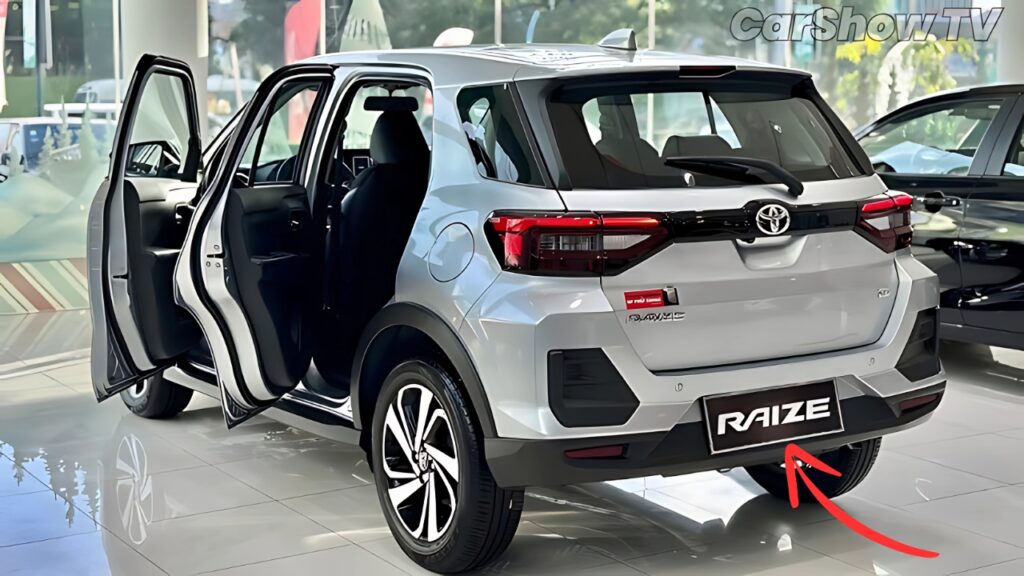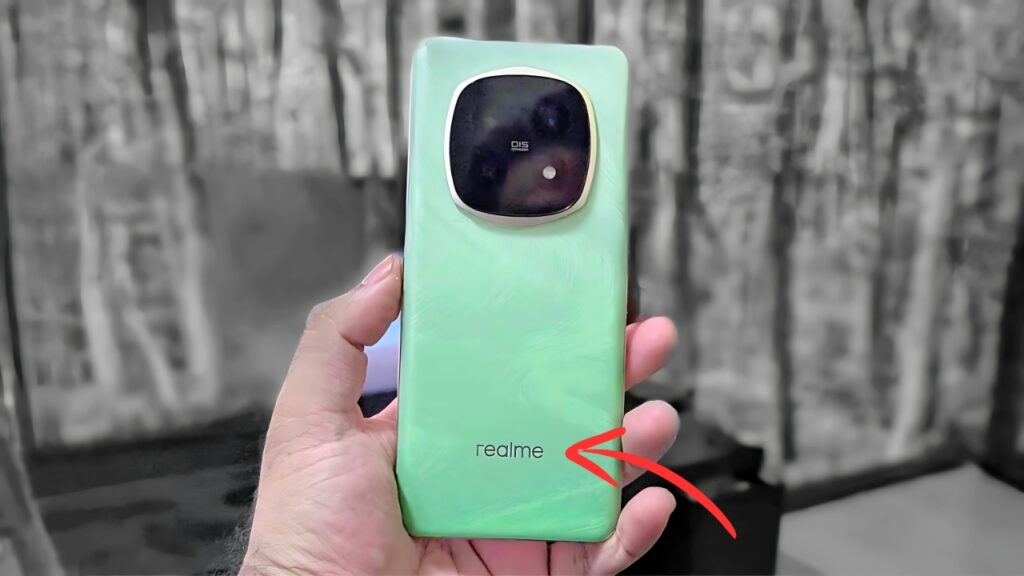Xiaomi Mi 4i: Flashback to 2015, when smartphone makers were still trying to crack the Indian market, and demands for budget devices weren’t as complex as they are today, was when Xiaomi made a bold move with the Mi 4i; an experience that was both nostalgic, and a trip down memory lane, and how far we’ve come with mobile tech nowadays.
The Mi 4i, Xiaomi’s first ever product that launched solely in the Indian market was Xiaomi’s answer to what they claimed to be the affordable flagship.
This was a stretch of a marketing term, oh, it’s a flagship, but it did turn consumer expectations on its head at that price point.
The polycarbonate unibody design still feels surprisingly current even by today’s standards. Weighing in at 130g and 7.8mm thin, it’s still lighter and slimmer than quite a few budget phones out there.
The matte texture holds up well, fending off fingerprints and scrapes better than we expected. My white unit has taken on a slightly yellowish hue around the edges –a sign of its age and exposure to UV – but remains structurally sound even after countless drops over the years.
Power the thing up and you’re presented with a 5 inch Full HD IPS display that still looks brilliant thanks to its color accuracy and 441ppi density (small by today’s standards, but good enough).
It was ahead of its time: The “Sunlight Display” technology that dynamically adjusts contrast at the hardware level made it an okay outdoor performer, even making for better outdoor visibility than some current mid-range phones.
Under the bonnet, the phone is let down by its ageing Snapdragon 615 octa-core processor and 2GB RAM combination, you can feel it from the get-go.
Apps are slow to open, taking seconds that are apparent, and trying to use any of the latest apps results in painful lag.
That being said, it still works to some extent for simple tasks such as texting and calling which is a testament to the original quality of the hardware.
The 13MP rear camera, of the Sony Exmor BSI variety, was impressive in 2015 and still does a reasonably impressive job with a good bit of light.
The color reproduction is nice and feels natural compared to a lot of the over-sharpened look you see on a lot of budget phones right now. Low-light picture-taking is another story and not in the good column, with highly grainy results that are basically unusable.
Battery life was one of the Mi 4i’s strong suits thanks to its 3120mAh battery. Even now, the aging battery still often gets through lighter use days, but heavier-duty usage wallops it hard.
The Mi 4 initially launched with Android Jelly Bean-based MIUI, but was later updated to Android Lollipop; by today’s standards (with security updates having long since ceased), it’s almost unusable for everyday phone tasks in 2025.
Pros:
A timeless construction that has remained intact, modernized with today’s technology
Great display with excellent quality and accurate colors, as well as being visible outdoors
Notably strong battery for its time (that’s still decent these days for basic use)
Clean and thoughtful design with a practical size and comfortable grip.
Good light and color native camera
How about Dual SIM support, including 4G support on both slots; that was forward-thinking.
It was the software features such as the reading modes and the MIUI optimizations that brought change in the industry
Xiaomi Mi 4i: Cons:
Performance is abysmal for most of today’s applications
Internal storage is limited (only 16 GB) and no way to expand the storage forever.
It is now fragile and the antiquated security is open to numerous vulnerabilities.
Camera is NOT good in Low Light conditions at all
Doesn’t support wireless charging, and charging speed is frustratingly slow these days
There are some cooling issues even under mild useage.
No finger print sensor or modern biometric authentication.
The Mi 4i is a significant product in Xiaomi’s quest to be a global powerhouse. It served as an example of the needs-based products – rather than “one-size-fits-all” products – demanded by various markets.
For those that collect tech history, the Mi 4i is still a curiosity: a phone that helped to set the template for budget phones with a few premium flourishes.
It’s no match for today’s devices, but it does bring us back to a time when smartphones advanced at blistering speeds, and new kids on the block, like Xiaomi, were turning the industry on its head by re-imagining what value meant.
And it’s painful to use it today, but also to be reminded of how far smartphone technology has come in under a decade.
The Mi 4i might be air-quotes-old-air-quotes, but it’s influence can still be felt in the budget smartphones sold today.
